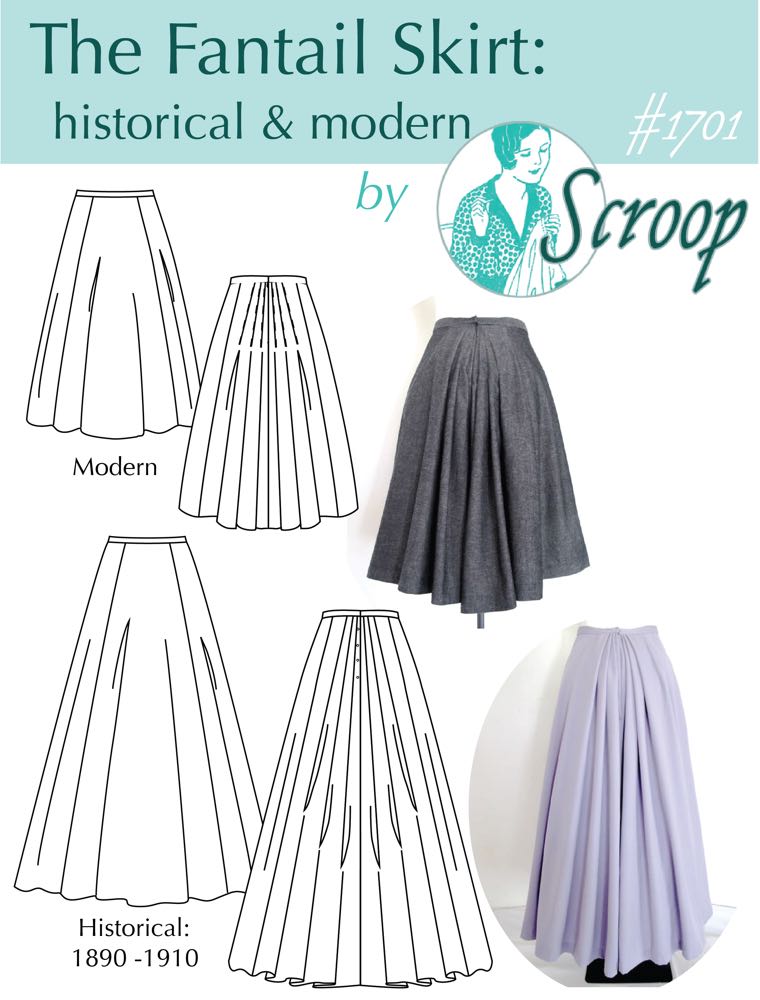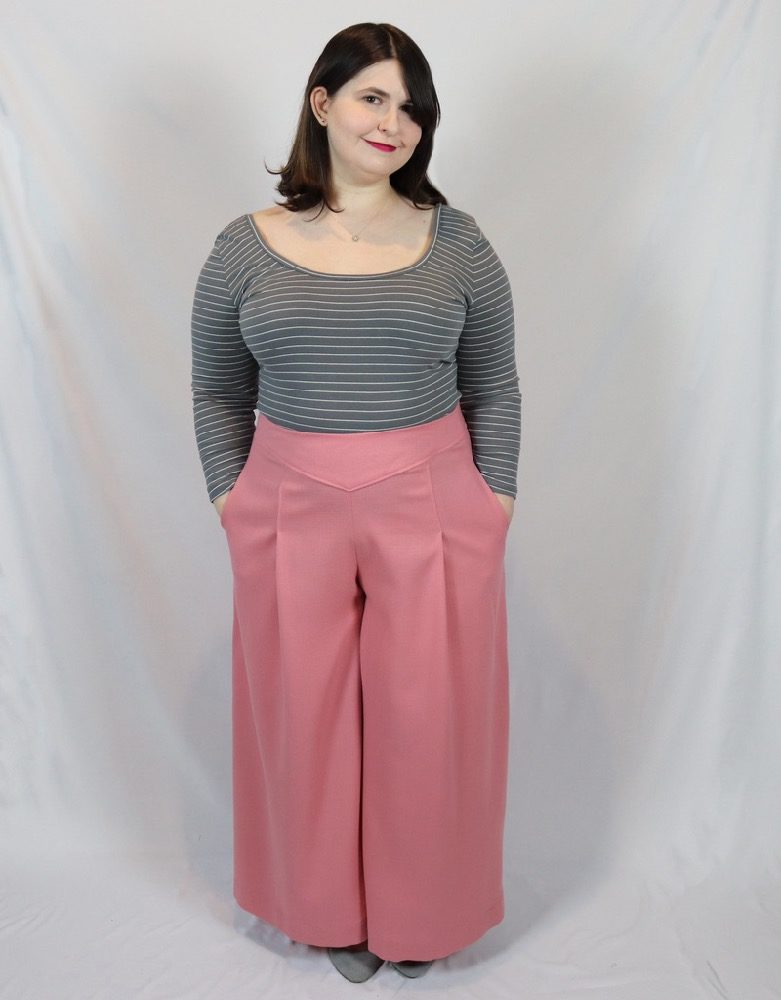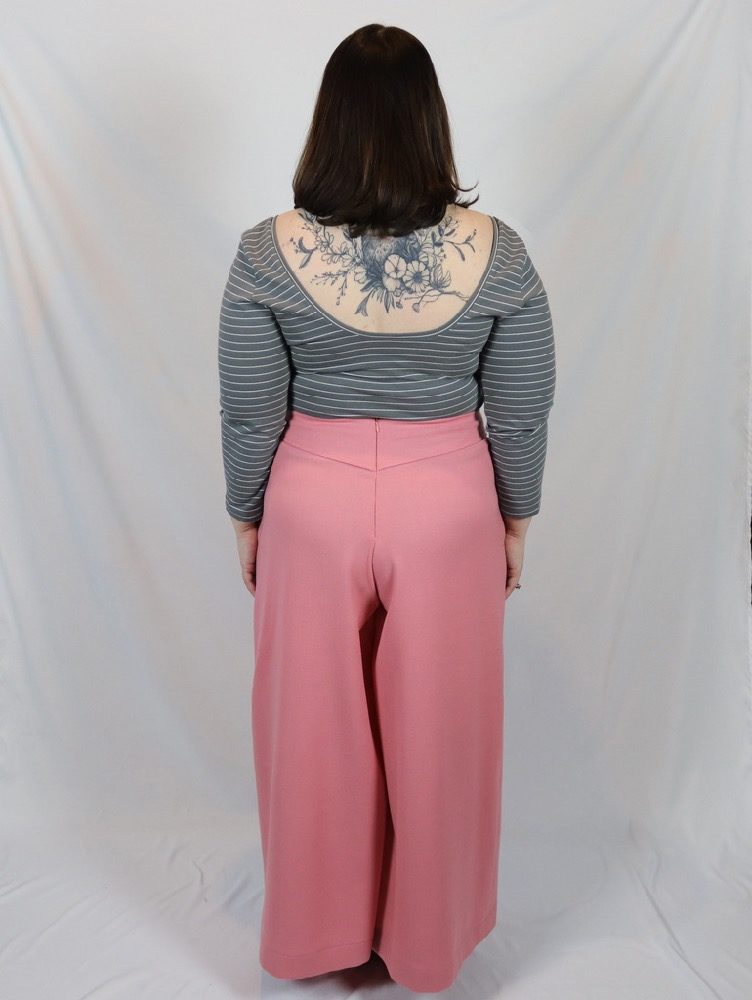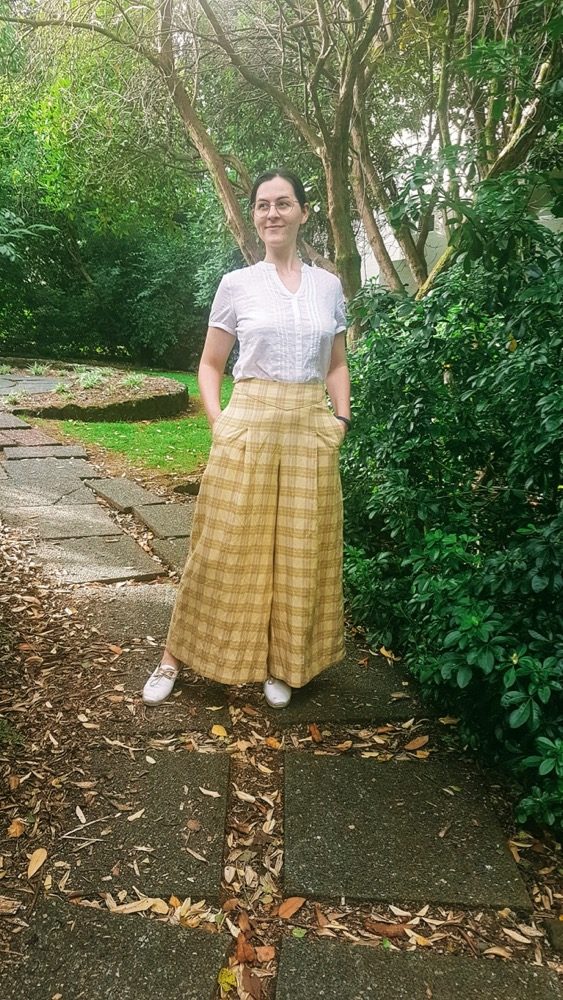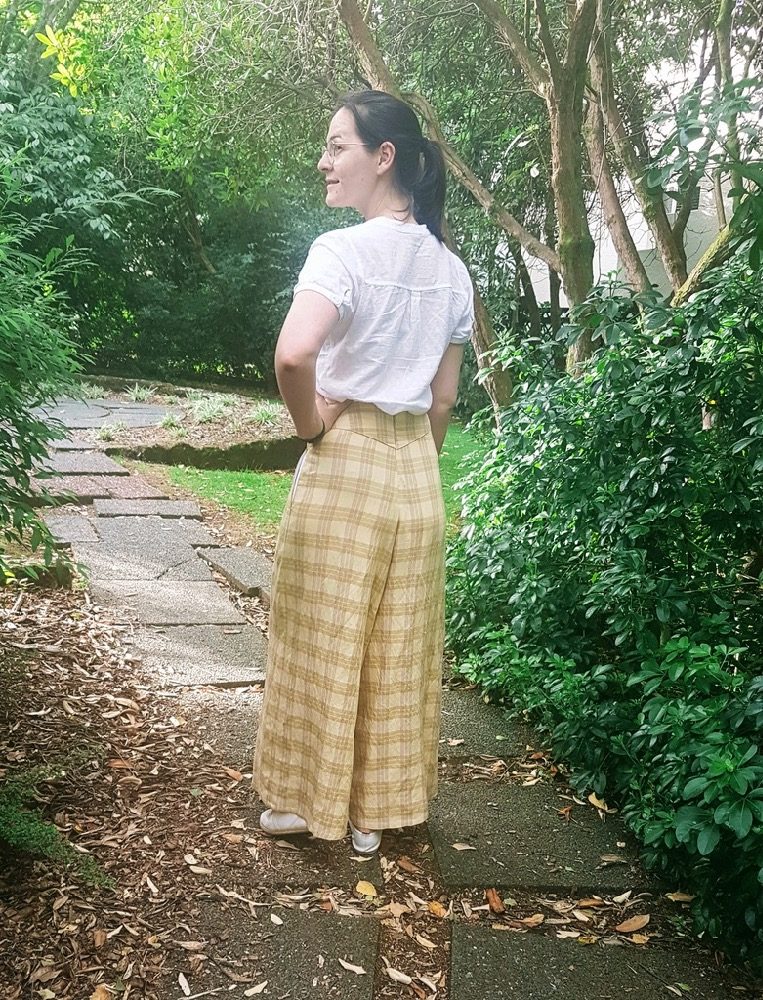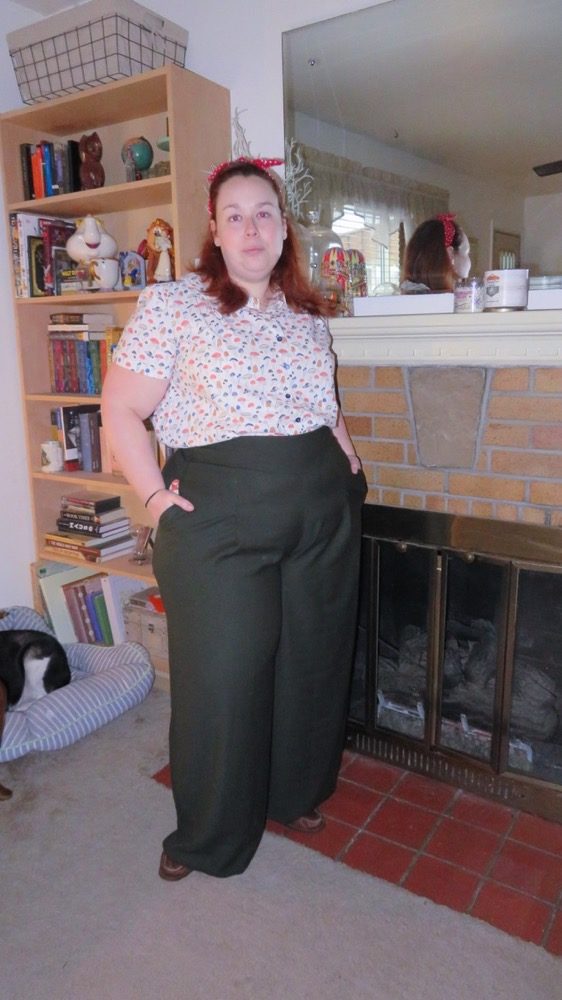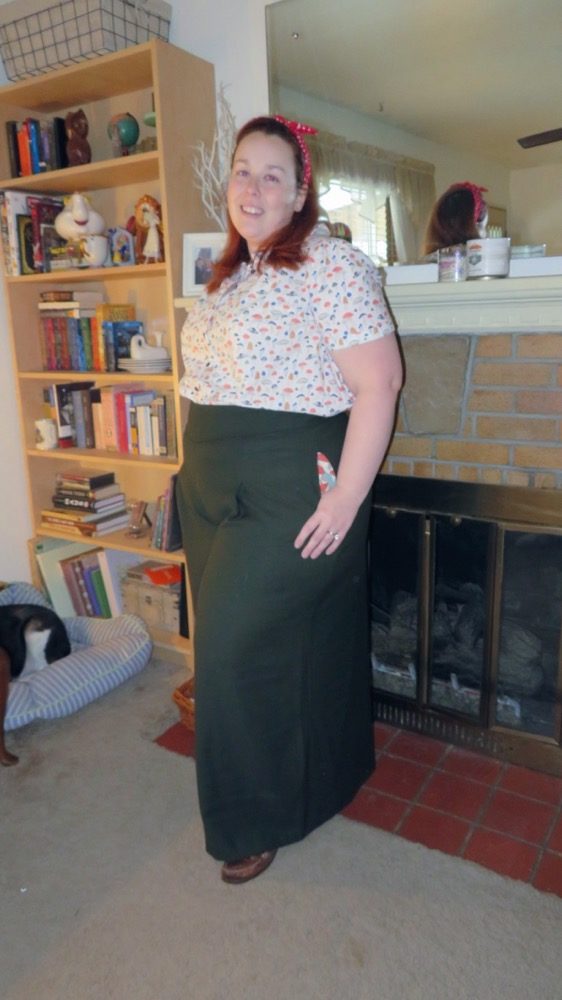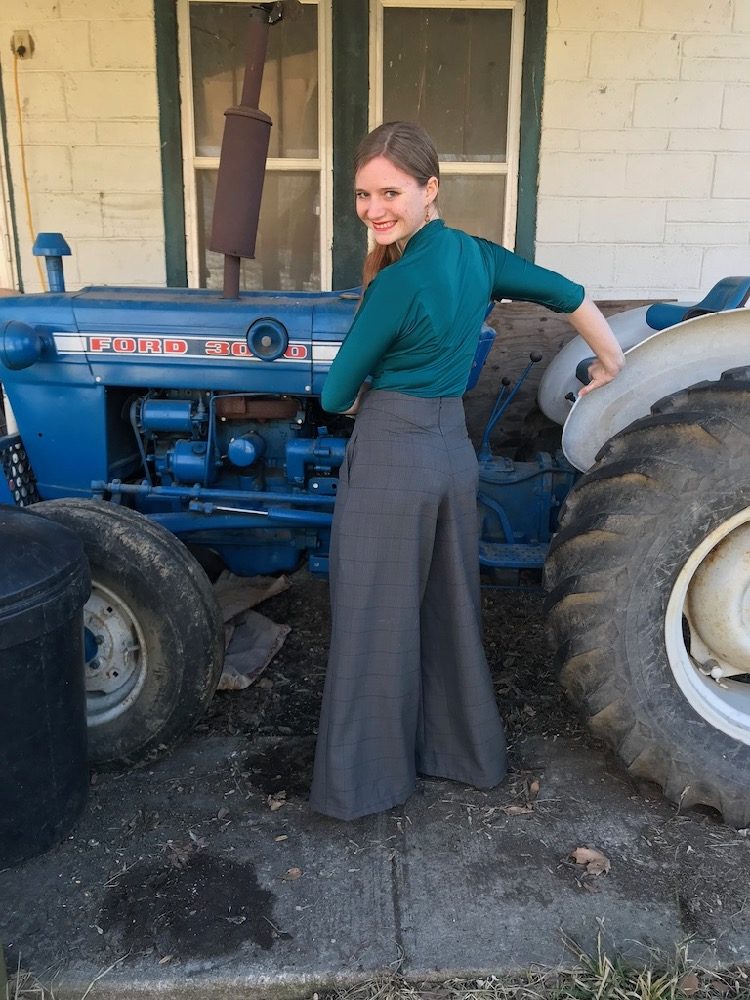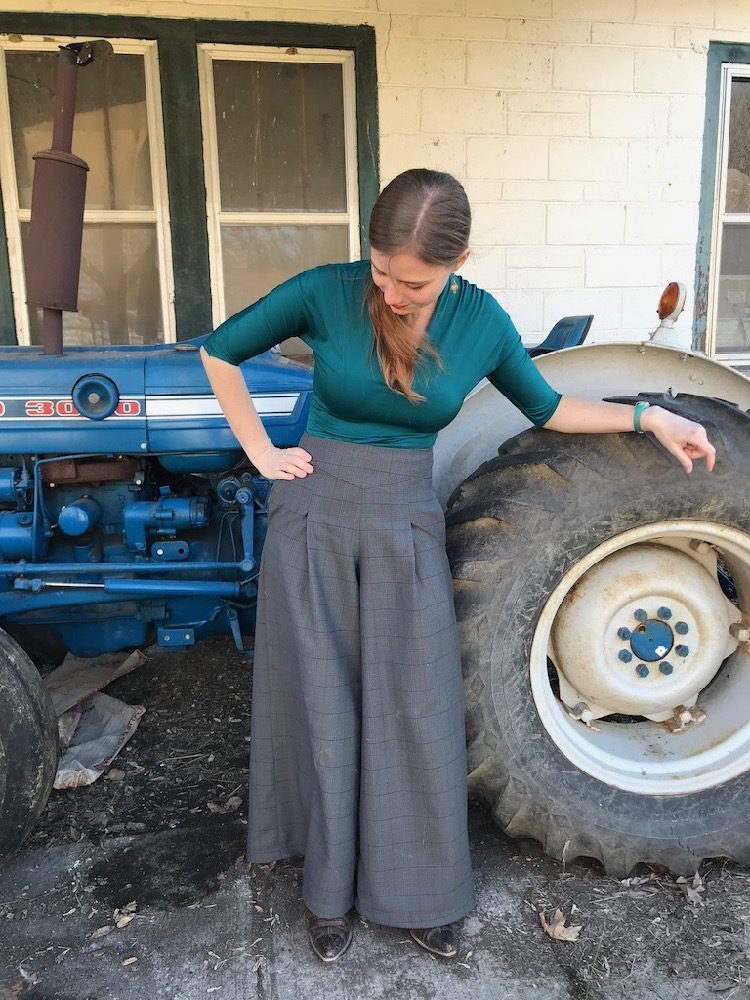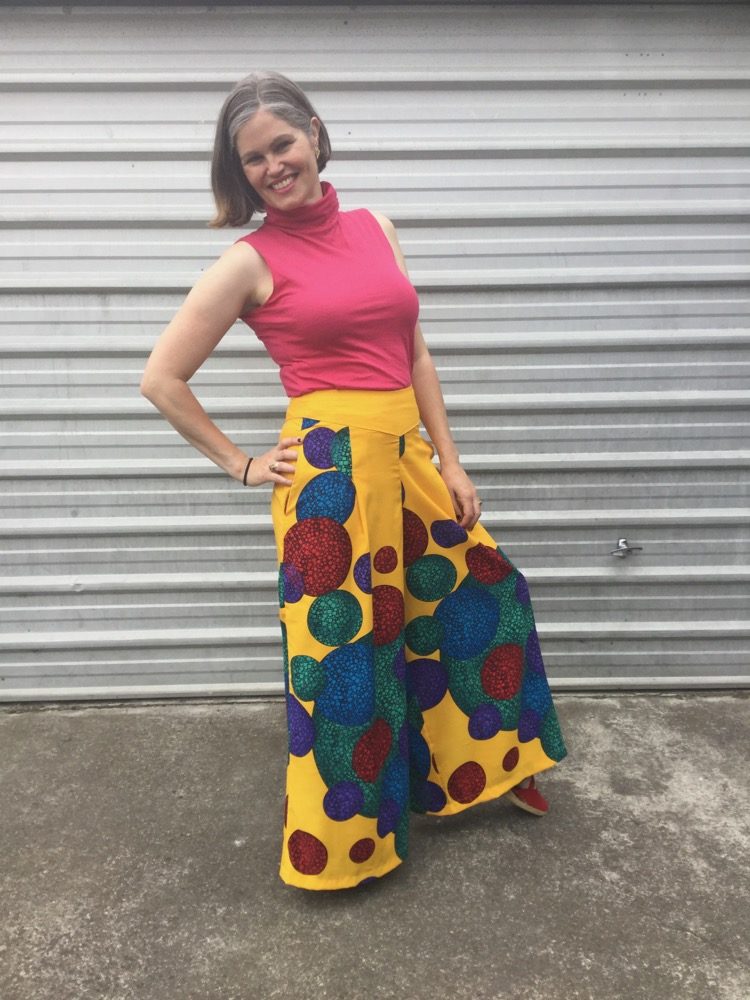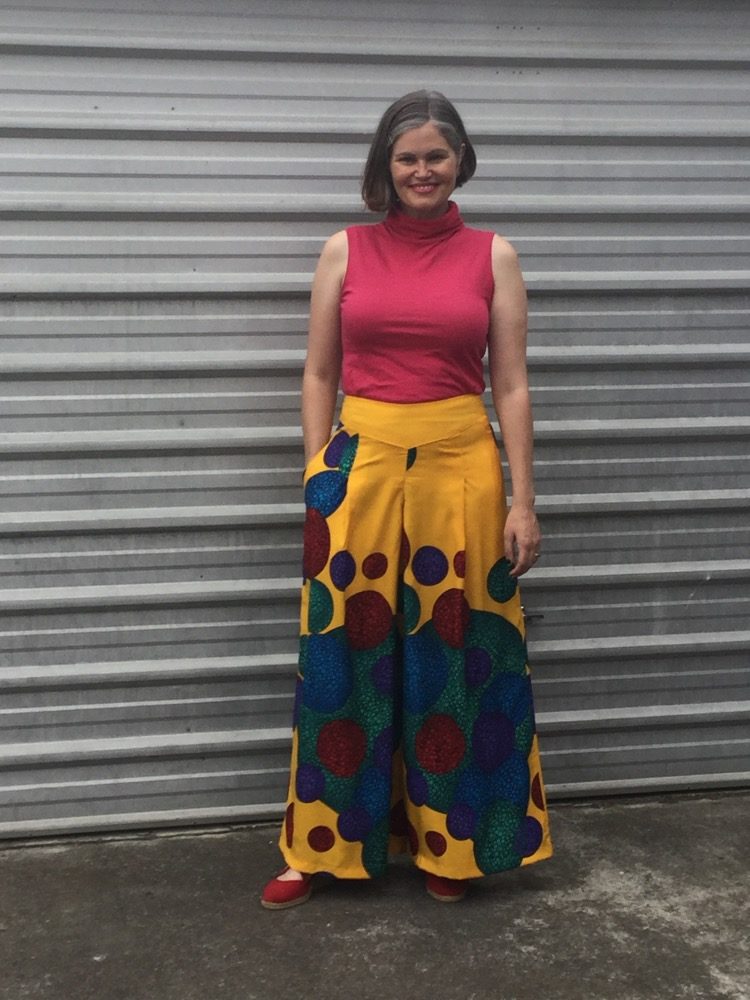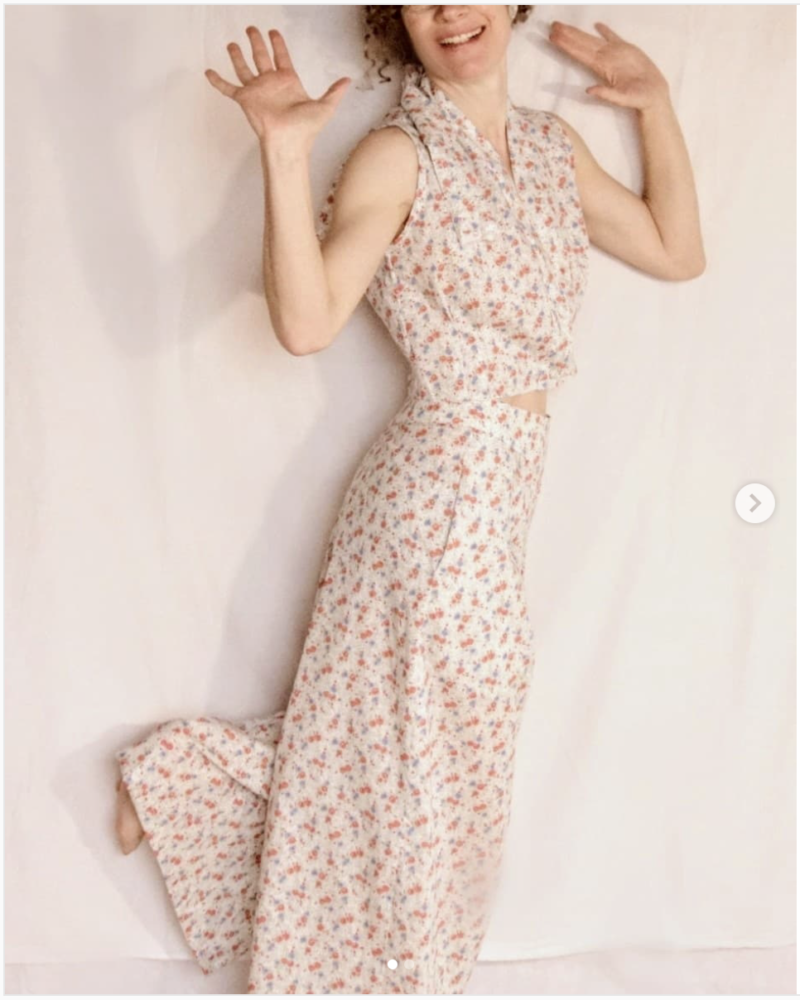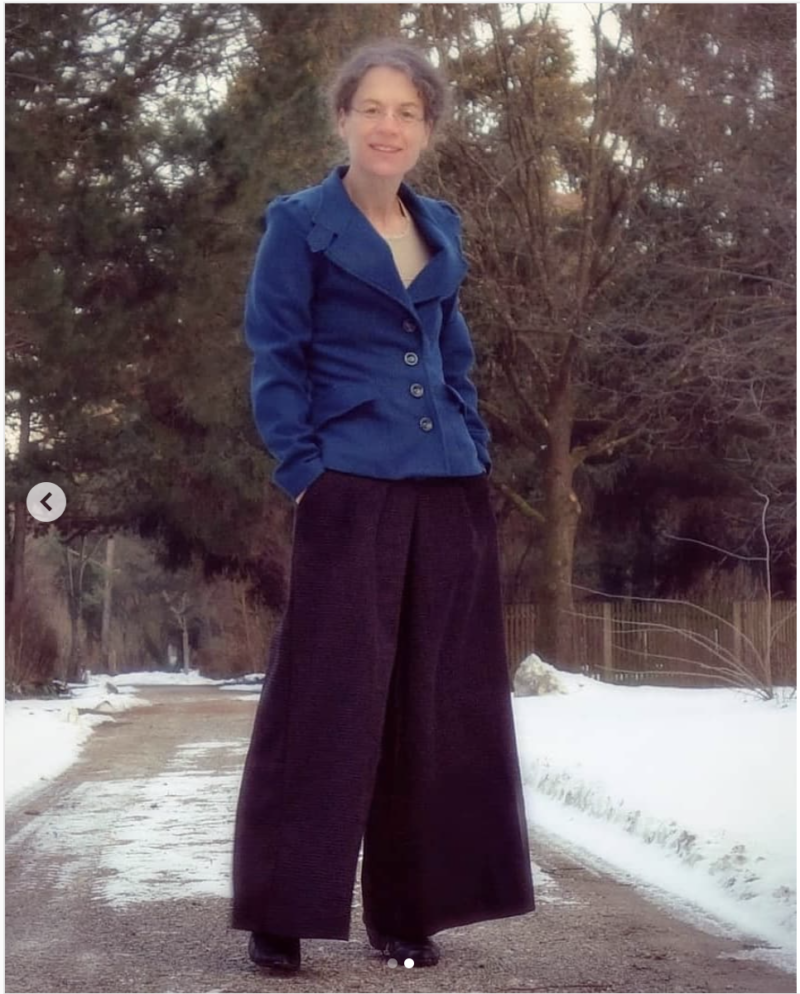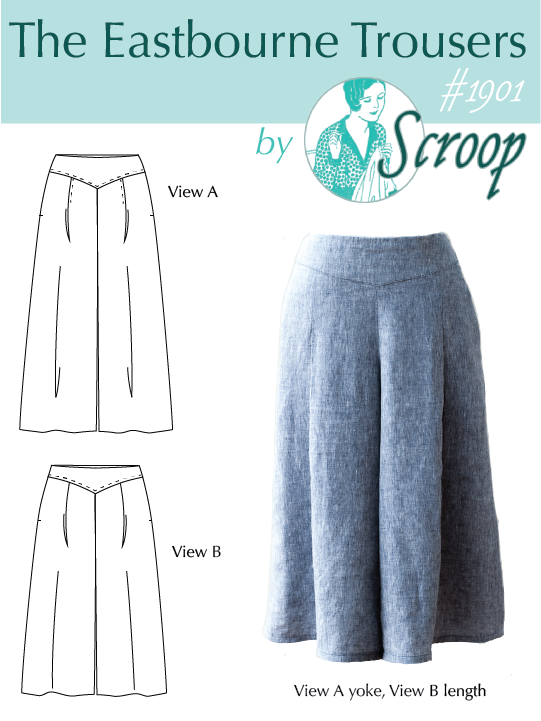This week’s Rate the Dress, in contrast to the three that proceeded it, is quite muted and restrained, and not just one colour (though the primary fabric is admittedly equally monochromatic)
Last week: a very green 1810s dress
Some of you really loved last week’s dress, mostly because of the picture it brought into your mind of the young lady who would wear it, and how she would look dancing.
Others, not so much, either because you didn’t like the colour, are opposed to small puffed sleeves on principle, or felt the hem treatment made it odd and bottom heavy. A number of people on instagram observed that if it was displayed as it would have been worn, with better petticoats, and the hem a good few inches off the ground, it would look less awkward and bottom heavy.
The Total: 8.2 out of 10
Quite good, but not a patch on the week before it!
This week: an 1890s wedding dress is muted purple with cream and mouse-brown
After three weeks of very bright dresses, I wanted something a bit more muted this week. At first I thought I’d choose something with no colour (well, technically, all the colours), like a white frock. And what’s more white than a wedding dress? But then I found this not-white wedding dress, and thought it was just the right mix of of-its-era, while having different and interesting details for us to comment on:

This dress, with its leg-o-mutton sleeves, and stiff A-line skirt (which could easily be made from the Fantail skirt pattern), is very 1893. Without a provenance identifying it as wedding dress, it would just be a well made, but not unusual, afternoon ensemble of the era.
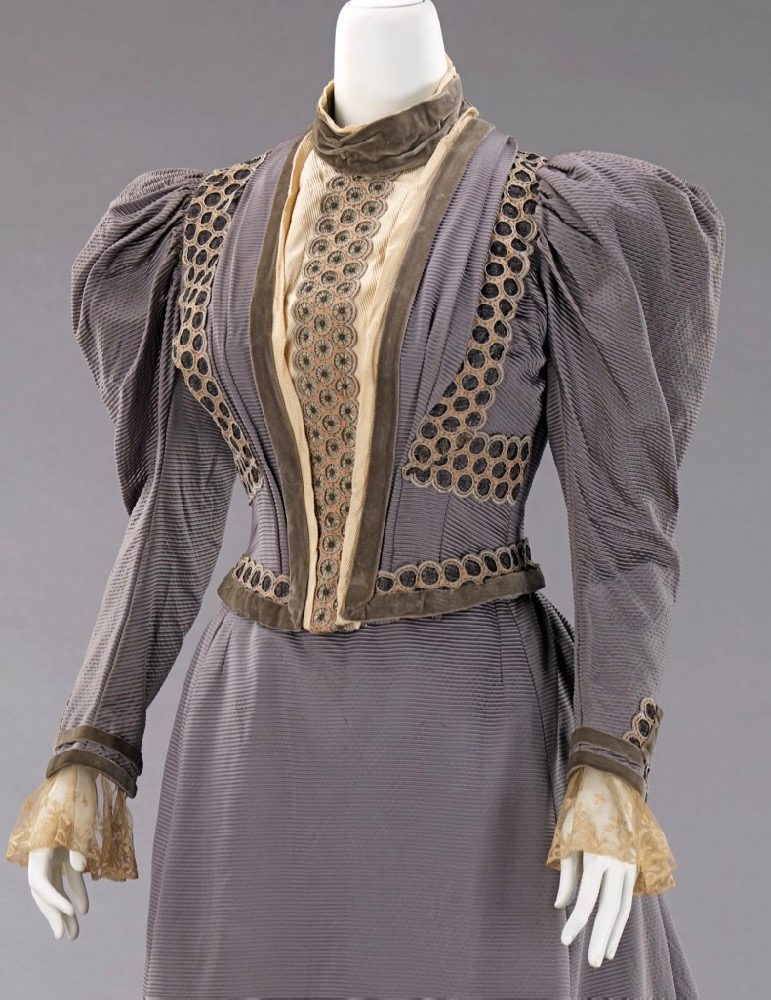
It’s also not unusual as a wedding dress of its time. While white wedding dresses were fashionable and widely recognised, many brides still chose to be married in other colours, for a variety of reasons: personal preference, economy, style of wedding, and family mourning.

The muted grey-purple ribbed silk that forms the main body of this outfit is more plausible as a very-end-stage-of-mourning colour than the definitely-not-mourning purple Victorian dress I posted a few weeks, but there are no other details in the design that would clearly indicate this.
It’s possible that the bride opted for a colour and design that would be unexceptional for a bride who had lost a member of her more extended family, but would also be wearable and fashionable as a non-mourning garment, but without more details of the provenance, we can’t know for sure.
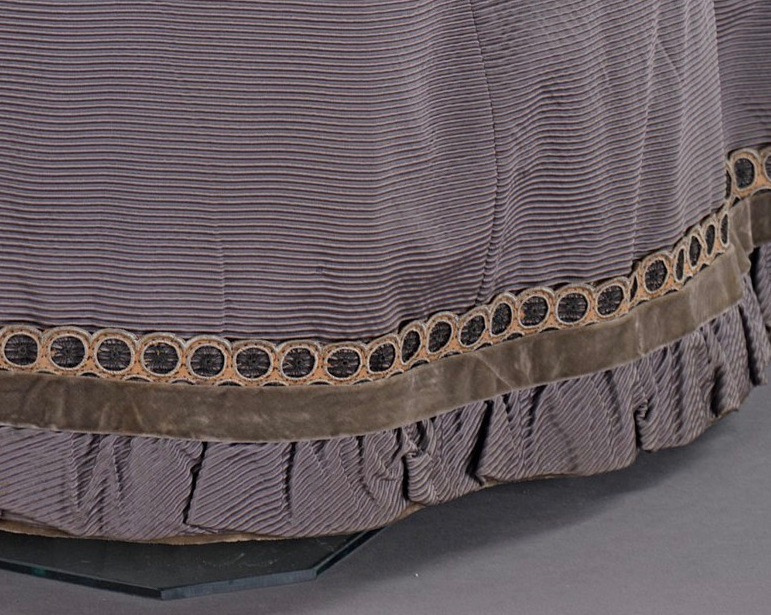
It’s more likely that the bride was simply following a general fashion for more muted, restrained colours for wedding dresses, if the bride chose not to wear white. These darker colours were more suited to afternoon wear, when most weddings were held, and also allowed the garment to be more wearable after the wedding, which was one of the main reasons for choosing a coloured gown (and, of course, there are always exceptions to most trends: Te Papa holds an electric blue afternoon wedding dress from the 1890s)
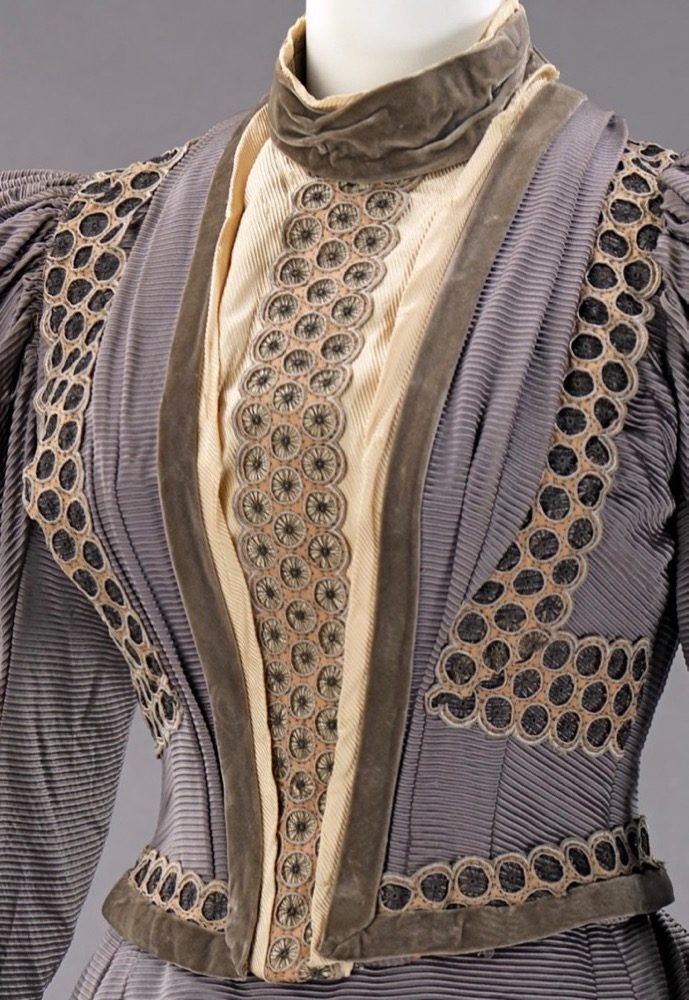
Whether it was half-mourning, or simply general fashion, the style, maker, and materials suggest the bride who chose this dress wanted an elegant, well made item, that would look good on her wedding day, and for many events after that, without every demanding to be the centre of attention. It’s the epitome of Victorian ideals of retiring womanhood and restrained modesty: the dress the plainer older sister would wear to her simple wedding to a minister, while the flashier younger sister who nabbed the local lord got the big white wedding dress (and in numerous 19th c & Victorian novels, starting with Sense & Sensibility, the plainer older sister is definitely portrayed as the more admirable character).
Does it play the part well? Would it tempt you from the big frothy white dress?
Rate the Dress on a Scale of 1 to 10
A reminder about rating — feel free to be critical if you don’t like a thing, but make sure that your comments aren’t actually insulting to those who do like a garment. Our different tastes are what make Rate the Dress so interesting. It’s no fun when a comment implies that anyone who doesn’t agree with it, or who would wear a garment, is totally lacking in taste.
(as usual, nothing more complicated than a .5. I also hugely appreciate it if you only do one rating, and set it on a line at the very end of your comment, so I can find it! And 0 is not on a scale of 1 to 10. Thanks in advance!)


